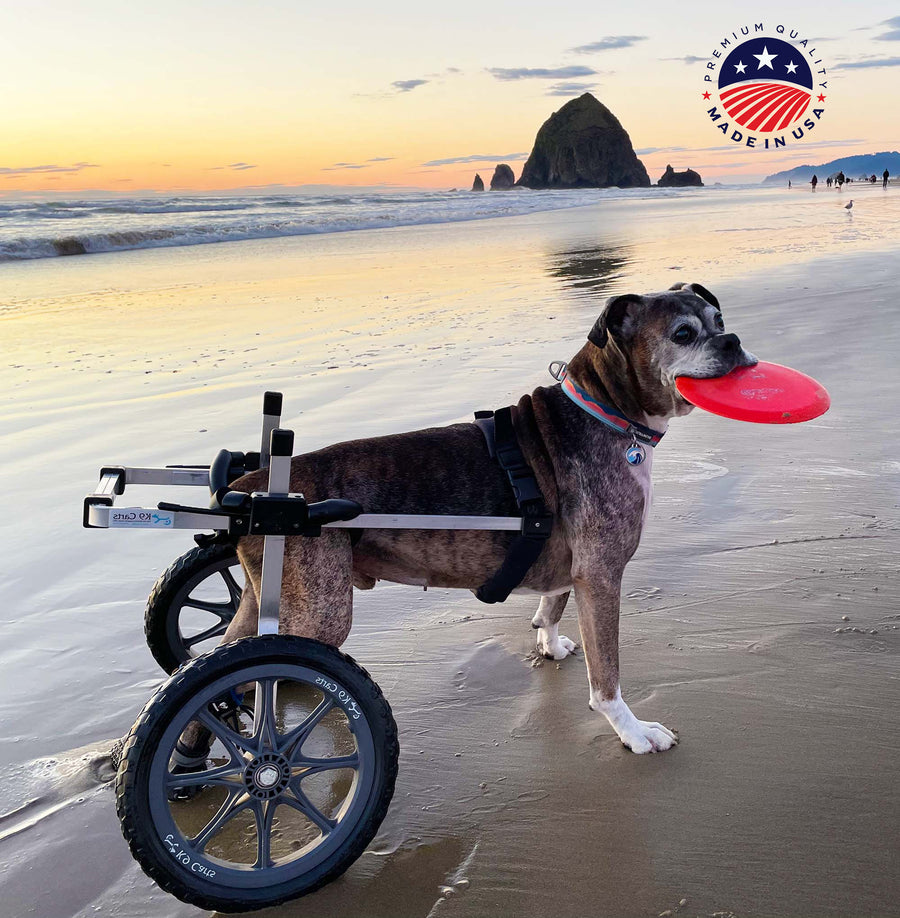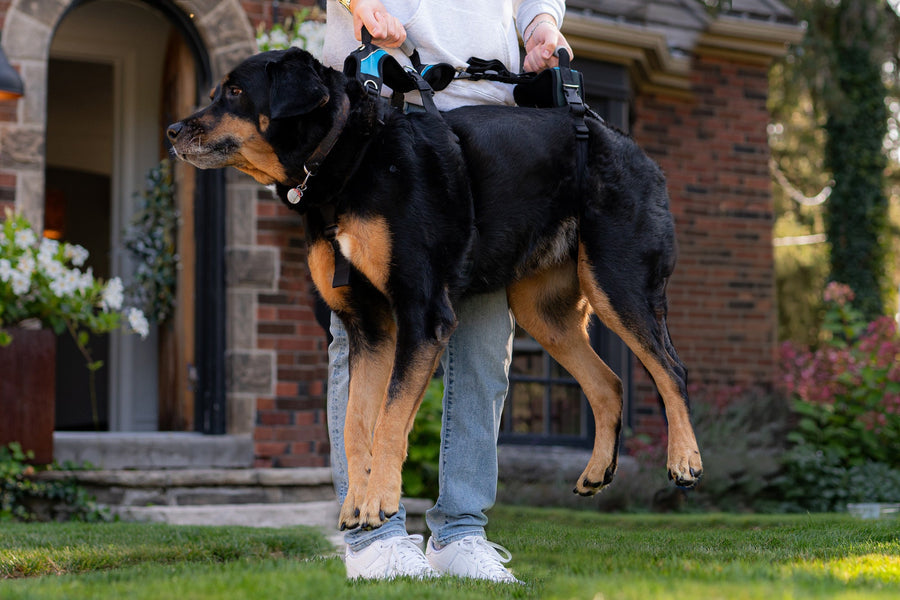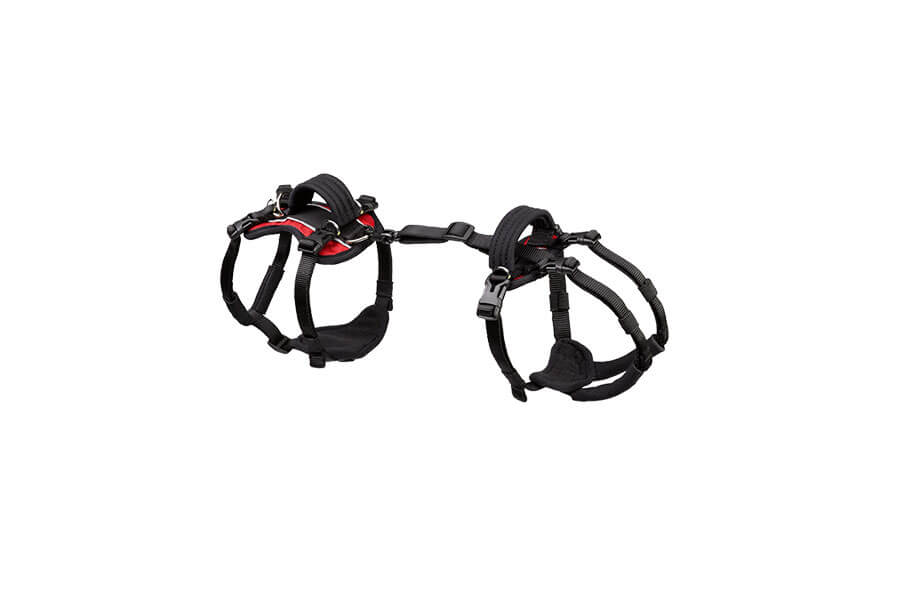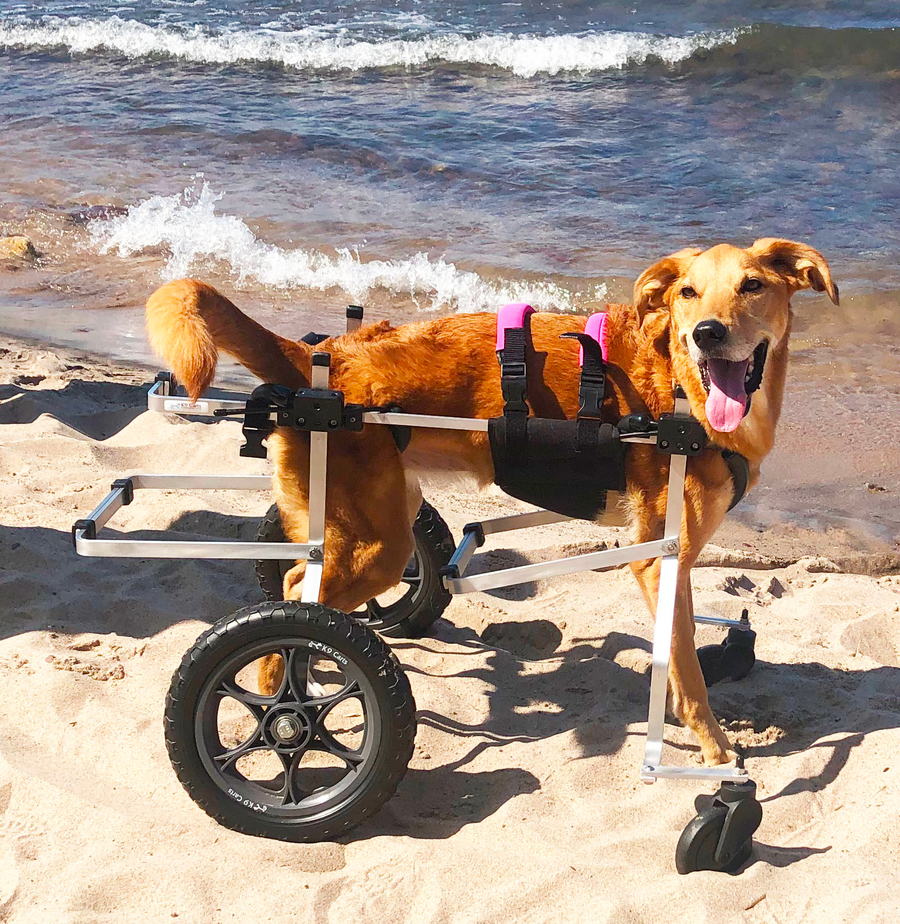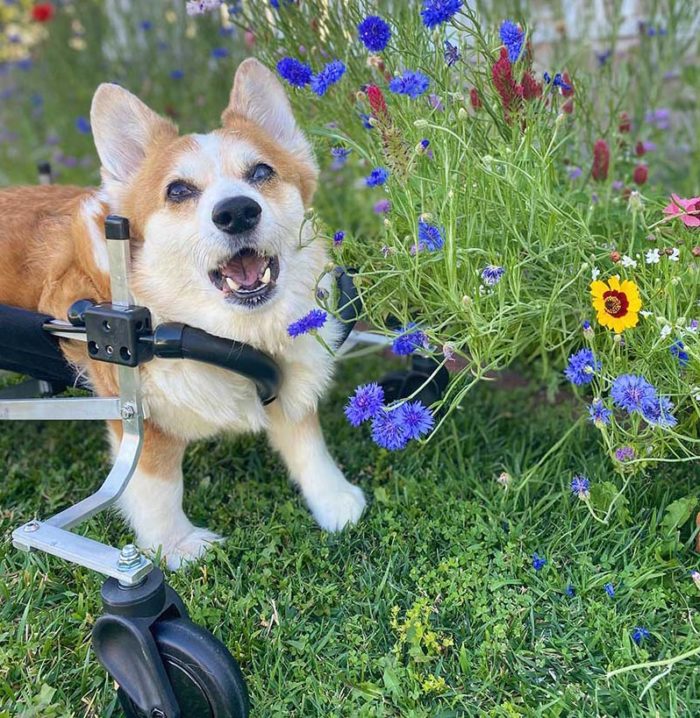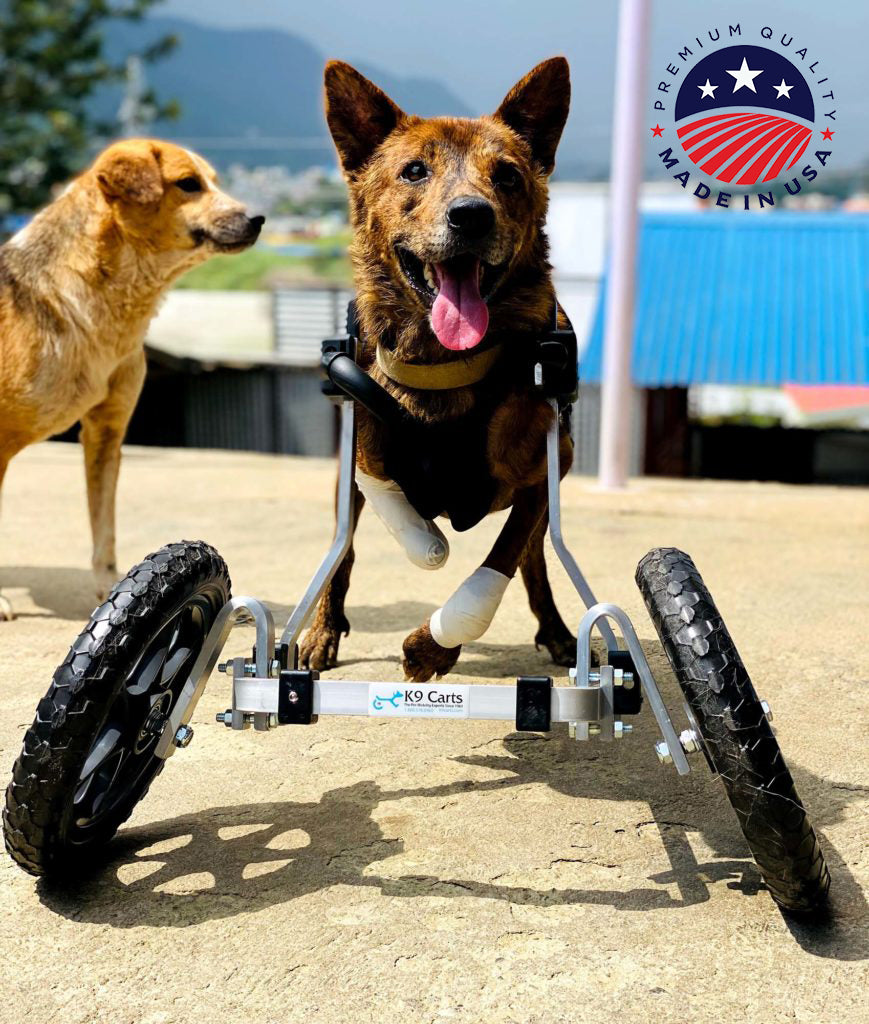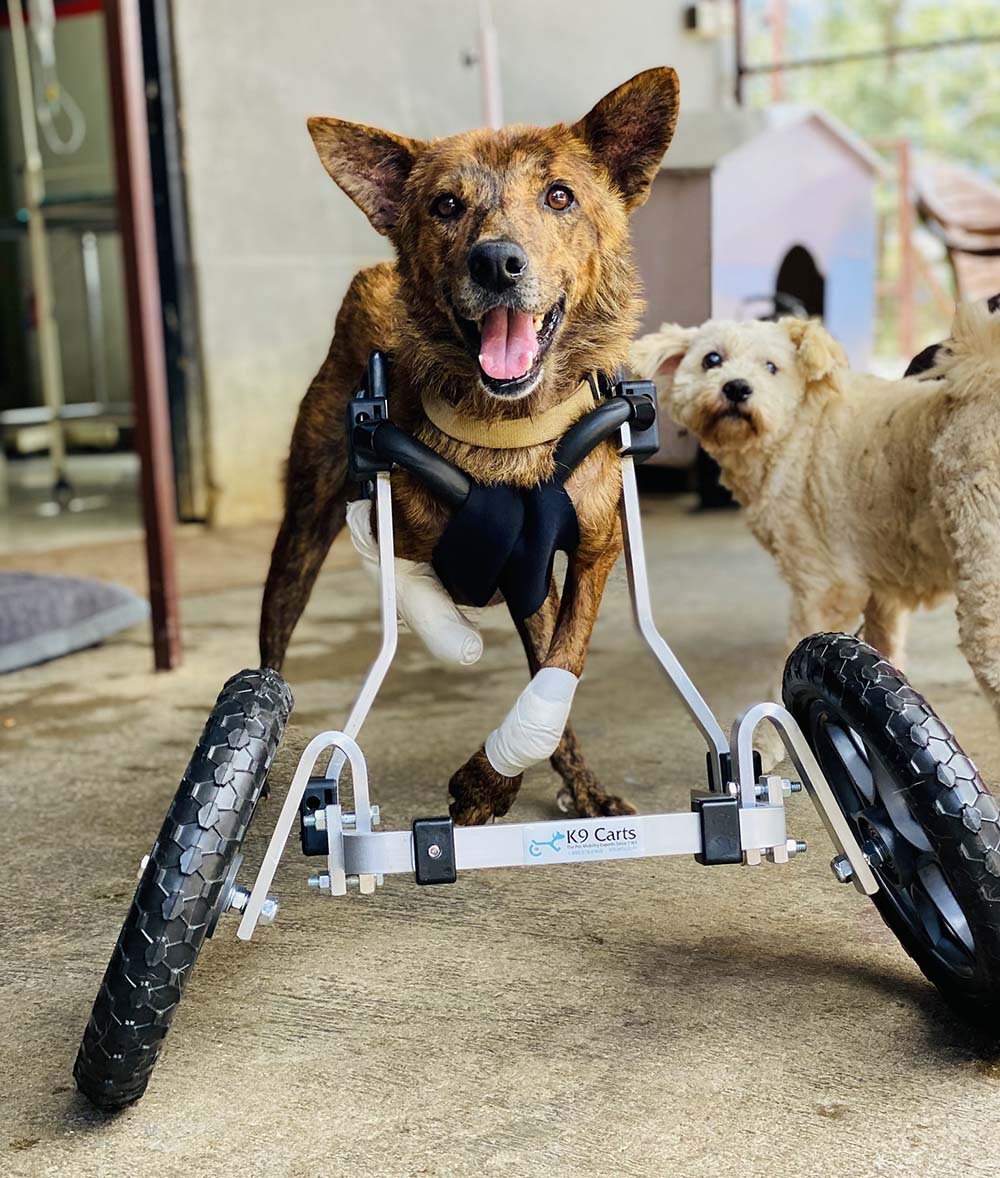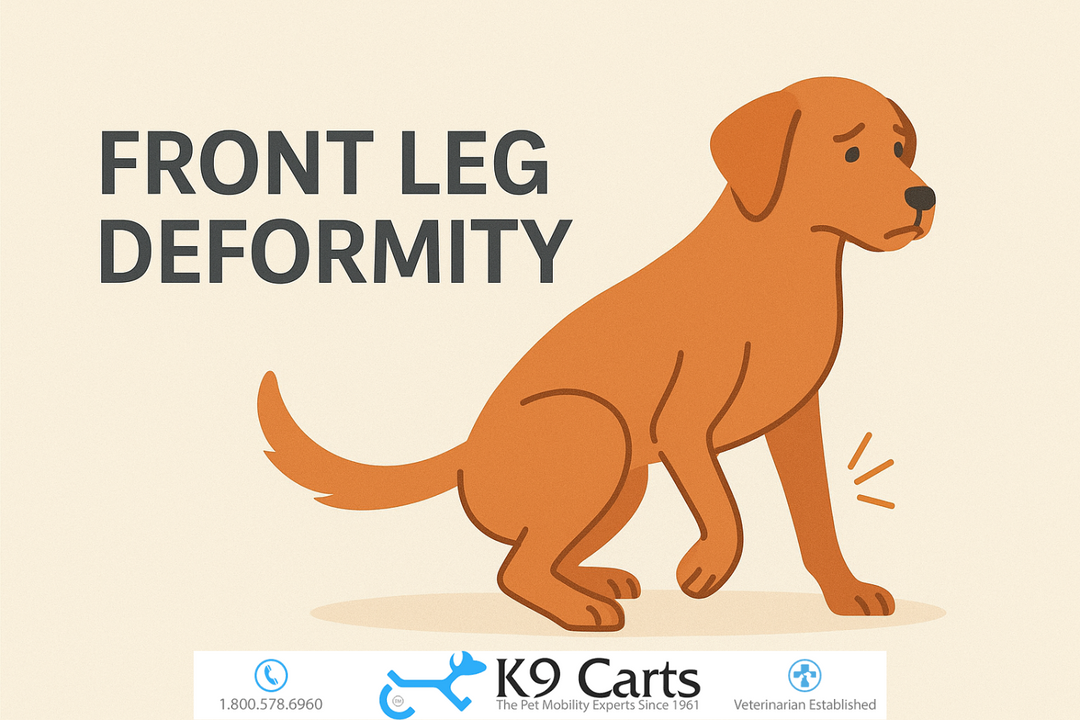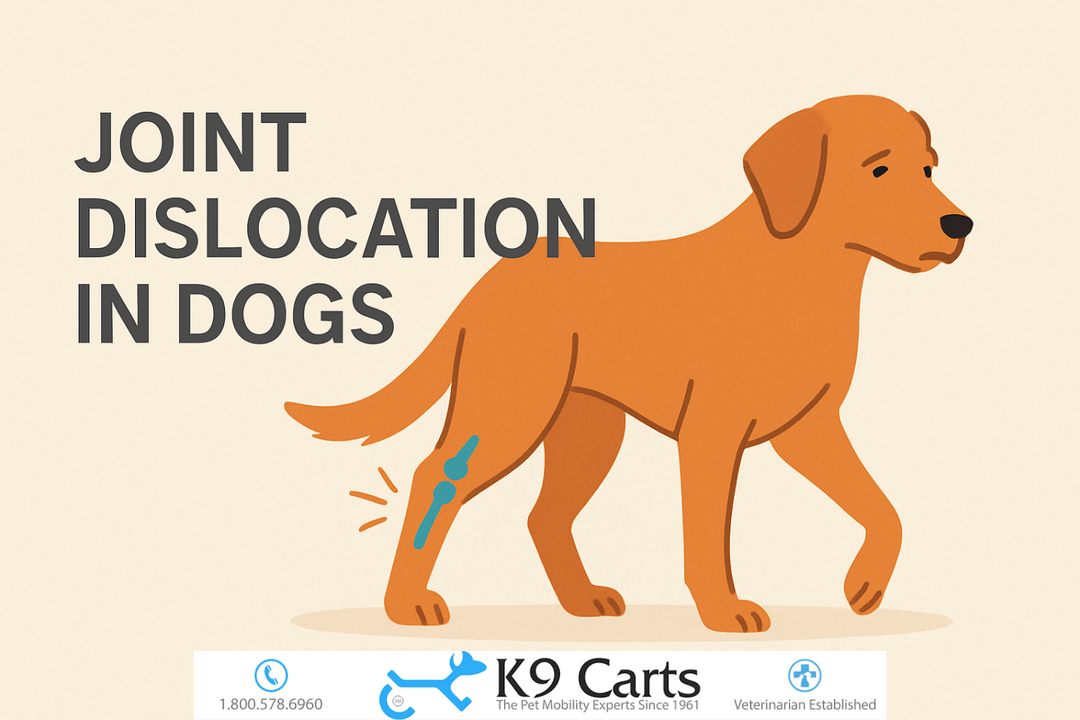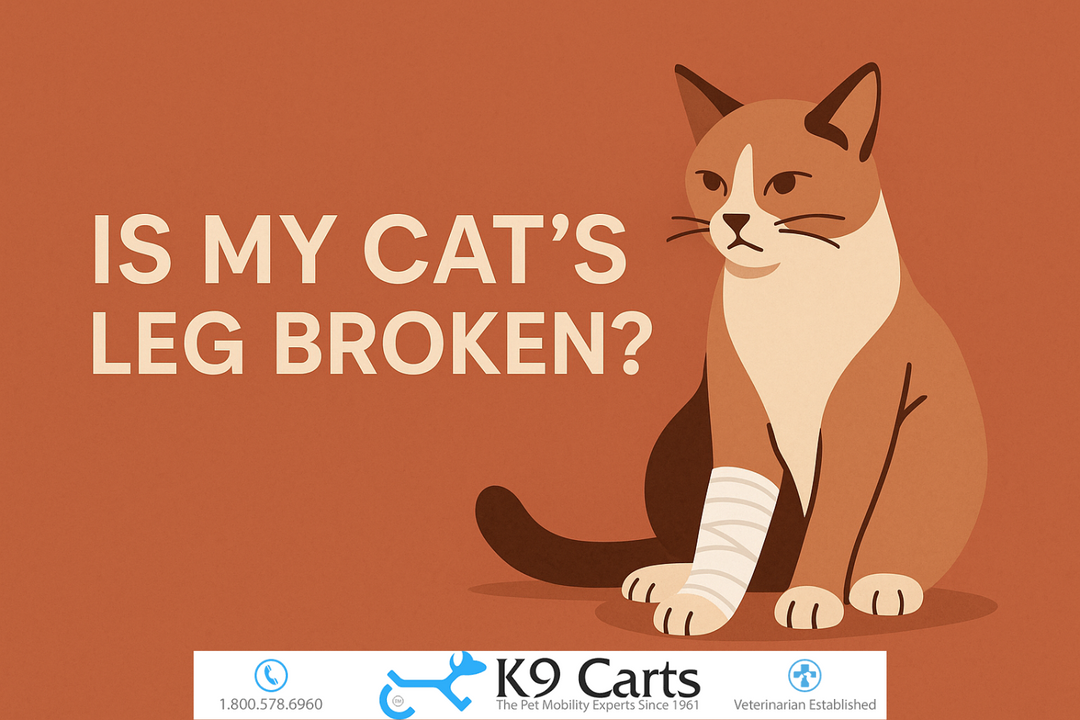The Original Pet Wheelchair
Fit for life. Designed for action.
Custom made to fit the body they have, the activities they love and the life they want to live.

THE LIGHTEST WHEELCHAIR ON THE MARKET

CUSTOM MADE IN THE USA FOR EVERY DOG

FULLY ADJUSTABLE AT HOME FOR THE PERFECT FIT

DESIGNED BY AN ORTHOPEDIC VETERINARIAN
Testimonials
★★★★★CHARLENE He is completely comfortable in his cart now – and the transformation in his personality because he feels more like a “dog” is amazing.
He is completely comfortable in his cart now – and the transformation in his personality because he feels more like a “dog” is amazing.He plays now with all of the dogs and they are beginning to play back with him – treating him like he is part of the pack.
★★★★★STEVE & LUISA CARTIER Wish to greatly thank you for building Truman’s wheelchair to custom fit him
Wish to greatly thank you for building Truman’s wheelchair to custom fit himAfter the first two wheelchairs we were desperately looking for one that was right for him. He has finally go the hang of it and smiles when he is in it, using it like a tractor to get where he wants. Besides making him happy you have brought much joy to our lives as we battle thru degenerative myelopathy. Thank you again, Steve & Luisa Cartier
★★★★★MARY About thirteen years ago, she was born with crippled back legs. I found her on a busy highway when she was about 3 months old.
About thirteen years ago, she was born with crippled back legs. I found her on a busy highway when she was about 3 months old.In her later years she could not walk much at all. Then, I got her the “Blue Boy Toy!” Her wheelchair. She loved her wheelchair. It didn’t take long for Lucy to get used to it. Just a few days and she was rolling along! Sadly, Lucy Crossed the Rainbow Bridge a few weeks ago, but before she did...she got to go fast fast fast!!! Thank you so much for that, it means the world to me.
★★★★★BRIANNA I rented a rear support wheelchair for my miniature dachshund about two weeks ago and I wanted to inform you that I wanted to rent for another two weeks.
I rented a rear support wheelchair for my miniature dachshund about two weeks ago and I wanted to inform you that I wanted to rent for another two weeks.She absolutely loves it since she can finally go out on walks with her mother and sister again and I couldn’t be more grateful to you guys for giving her that chance.
★★★★★CHARLENE He is completely comfortable in his cart now – and the transformation in his personality because he feels more like a “dog” is amazing.
He is completely comfortable in his cart now – and the transformation in his personality because he feels more like a “dog” is amazing.He plays now with all of the dogs and they are beginning to play back with him – treating him like he is part of the pack.
★★★★★STEVE & LUISA CARTIER Wish to greatly thank you for building Truman’s wheelchair to custom fit him
Wish to greatly thank you for building Truman’s wheelchair to custom fit himAfter the first two wheelchairs we were desperately looking for one that was right for him. He has finally go the hang of it and smiles when he is in it, using it like a tractor to get where he wants. Besides making him happy you have brought much joy to our lives as we battle thru degenerative myelopathy. Thank you again, Steve & Luisa Cartier
★★★★★MARY About thirteen years ago, she was born with crippled back legs. I found her on a busy highway when she was about 3 months old.
About thirteen years ago, she was born with crippled back legs. I found her on a busy highway when she was about 3 months old.In her later years she could not walk much at all. Then, I got her the “Blue Boy Toy!” Her wheelchair. She loved her wheelchair. It didn’t take long for Lucy to get used to it. Just a few days and she was rolling along! Sadly, Lucy Crossed the Rainbow Bridge a few weeks ago, but before she did...she got to go fast fast fast!!! Thank you so much for that, it means the world to me.
★★★★★BRIANNA I rented a rear support wheelchair for my miniature dachshund about two weeks ago and I wanted to inform you that I wanted to rent for another two weeks.
I rented a rear support wheelchair for my miniature dachshund about two weeks ago and I wanted to inform you that I wanted to rent for another two weeks.She absolutely loves it since she can finally go out on walks with her mother and sister again and I couldn’t be more grateful to you guys for giving her that chance.
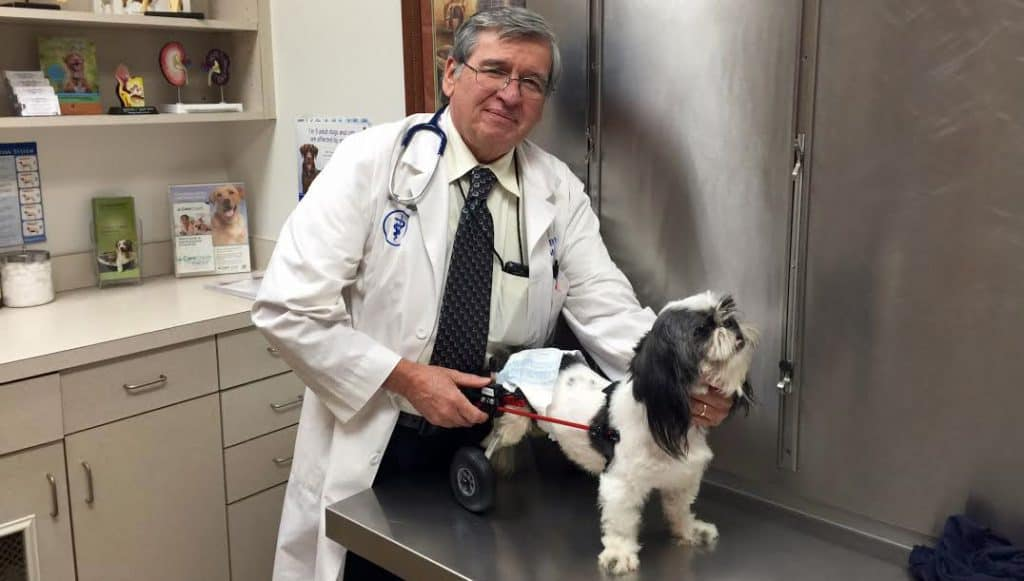
We are Veterinary Based Pet Health Care
We are a Veterinary Based Pet Health Care
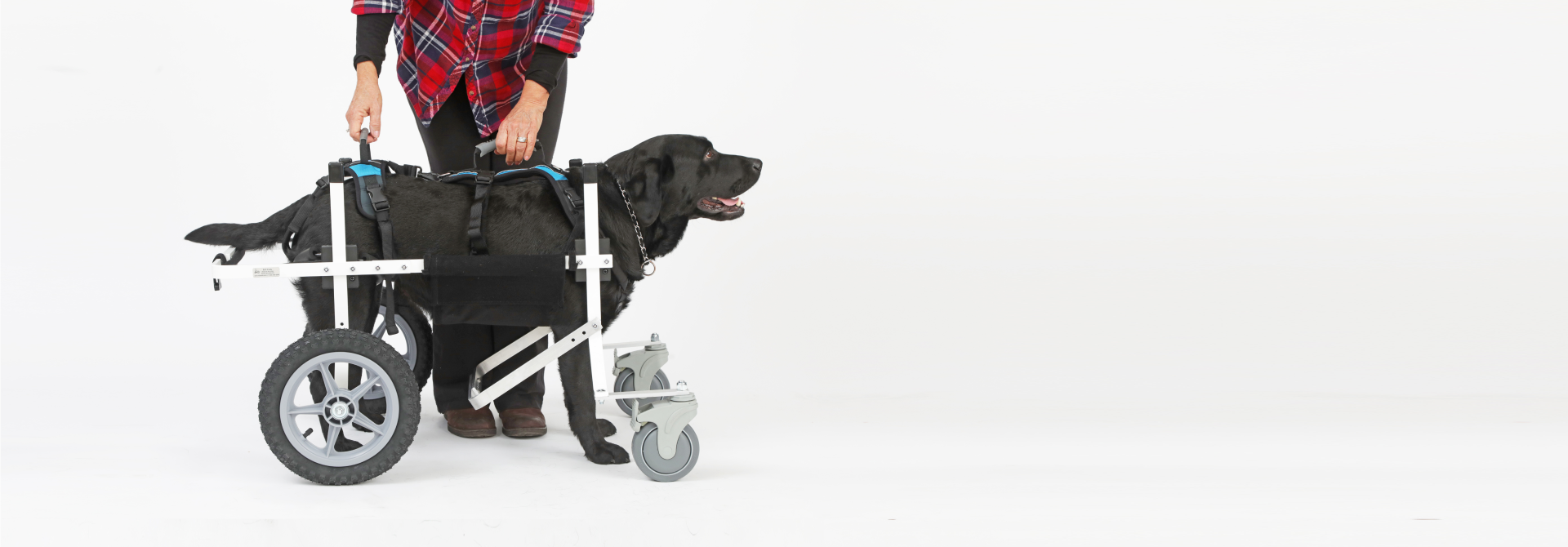
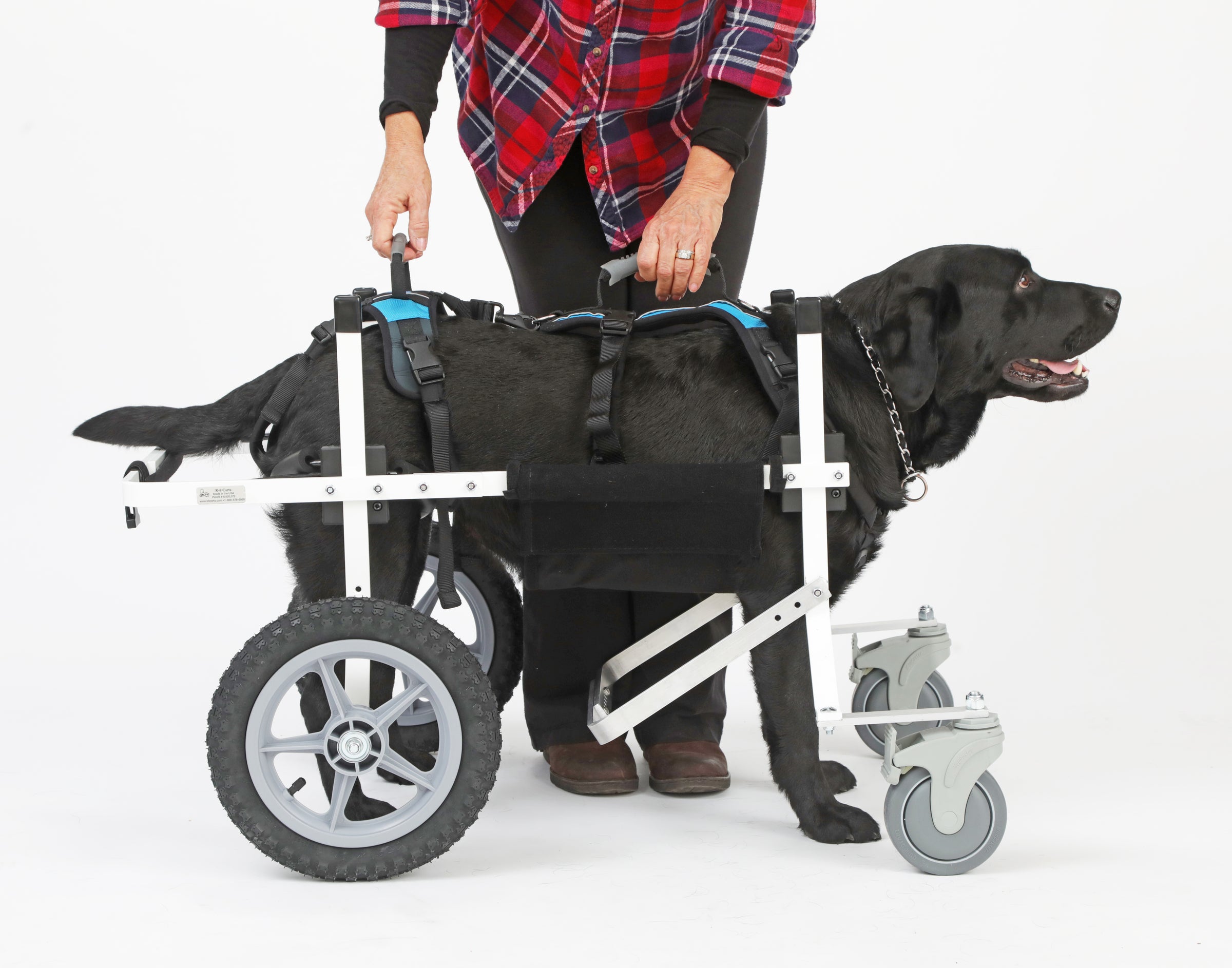

Better Together
The Help 'Em Up Harness works in conjunction with K9 Carts to provide added mobility support



